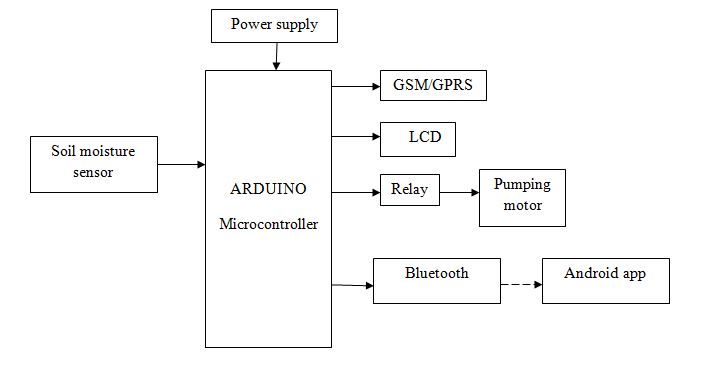Prototype Implementation Of BLE Based Automated Data Collection Scheme In Agricultural Measurement System
Abstract
This project presents a prototype of a bi-directional Li-Fi (Light Fidelity) communication system for transmitting both data and audio signals using Arduino-based microcontrollers. Li-Fi, a high-speed wireless communication system using visible light, offers an efficient alternative to traditional radio-frequency communication. In this implementation, data and audio signals are modulated onto light emitted by an LED at the transmitter end and received by a photodiode at the receiver end. The system enables real-time two-way communication by integrating two pairs of transmitter-receiver modules, allowing simultaneous exchange of information. Arduino microcontrollers are used to encode, transmit, receive, and decode the signals. This prototype demonstrates the feasibility of low-cost, short-range Li-Fi communication for applications such as secure indoor networking and smart device interaction.
Keywords: LI-FI, bi-directional Li-Fi (Light Fidelity) communication, Arduino UNO.
NOTE: Without the concern of our team, please don't submit to the college. This Abstract varies based on student requirements.
Block Diagram

Specifications
Learning Outcomes
- Arduino pin diagram and architecture
- How to install Arduino IDE software
- Setting up and installation procedure for Arduino
- Introduction to Arduino IDE
- Basic coding in Arduino IDE
- Basic of Embedded C language
- Basics of IoT platforms
- Working of power supply
- About Project Development Life Cycle:
- Planning and Requirement Gathering (software’s, Tools, Hardware components, etc.,)
- Schematic preparation
- Code development and debugging
- Hardware development and debugging
- Development of the Project and Output testing
- Android App Learning Outcomes
- Understanding Android architecture and components (Activities, Services, Broadcast Receivers, Content Providers)
- Setting up Android Studio and emulator/device configuration
- Designing user interfaces using XML and Material Design principles
- Implementing app logic using Java/Kotlin
- Working with databases (SQLite, Room) for local data storage
- Integrating sensors and IoT modules using Bluetooth, Wi-Fi, or HTTP/MQTT
- Handling app permissions and lifecycle management
- Testing and debugging Android applications
- Building and deploying APKs
- Publishing apps to the Google Play Store (overview)
- Applying data integration from Arduino or IoT systems into Android apps
- Practical exposure to:
- Hardware and software tools.
- Solution providing for real time problems.
- Working with team/ individual.
- Work on Creative ideas.
- Project development Skills
- Problem analysing skills
- Problem solving skills
- Creativity and imaginary skills
- Programming skills
- Deployment
- Testing skills
- Debugging skills
- Project presentation skills
- Thesis writing skills





 Paper Publishing
Paper Publishing
